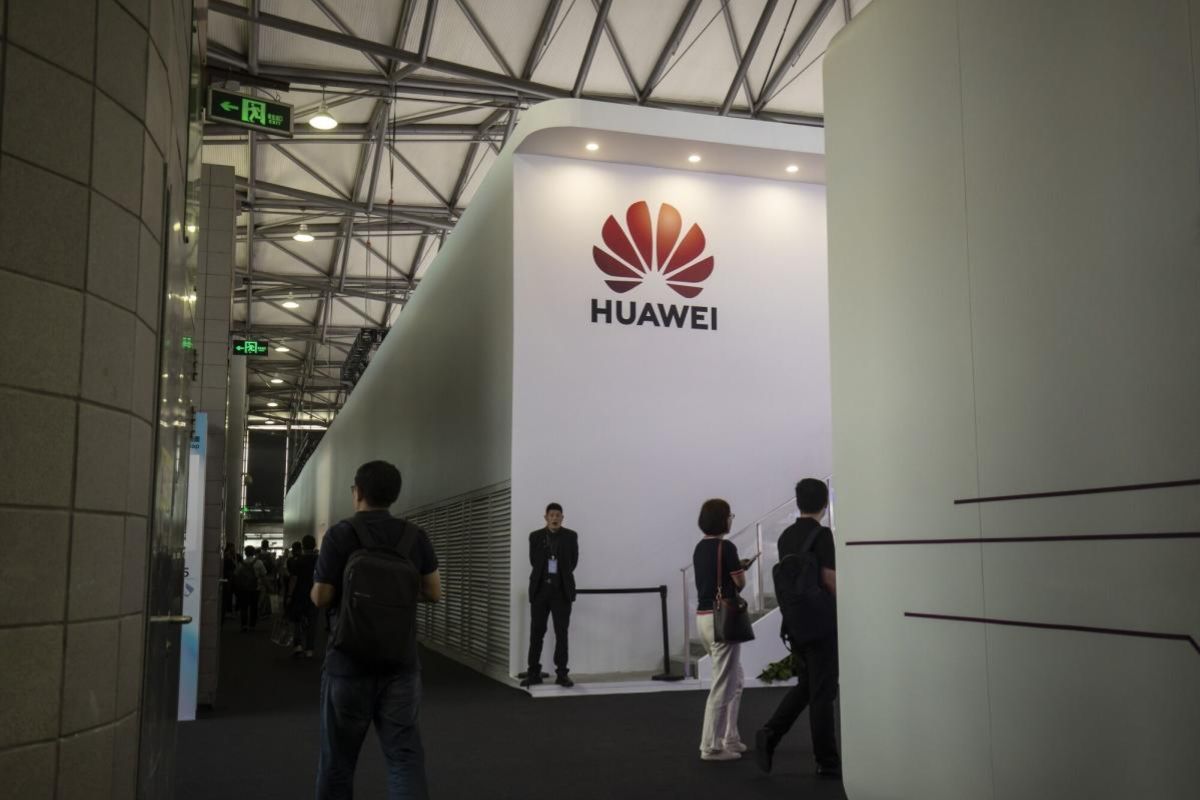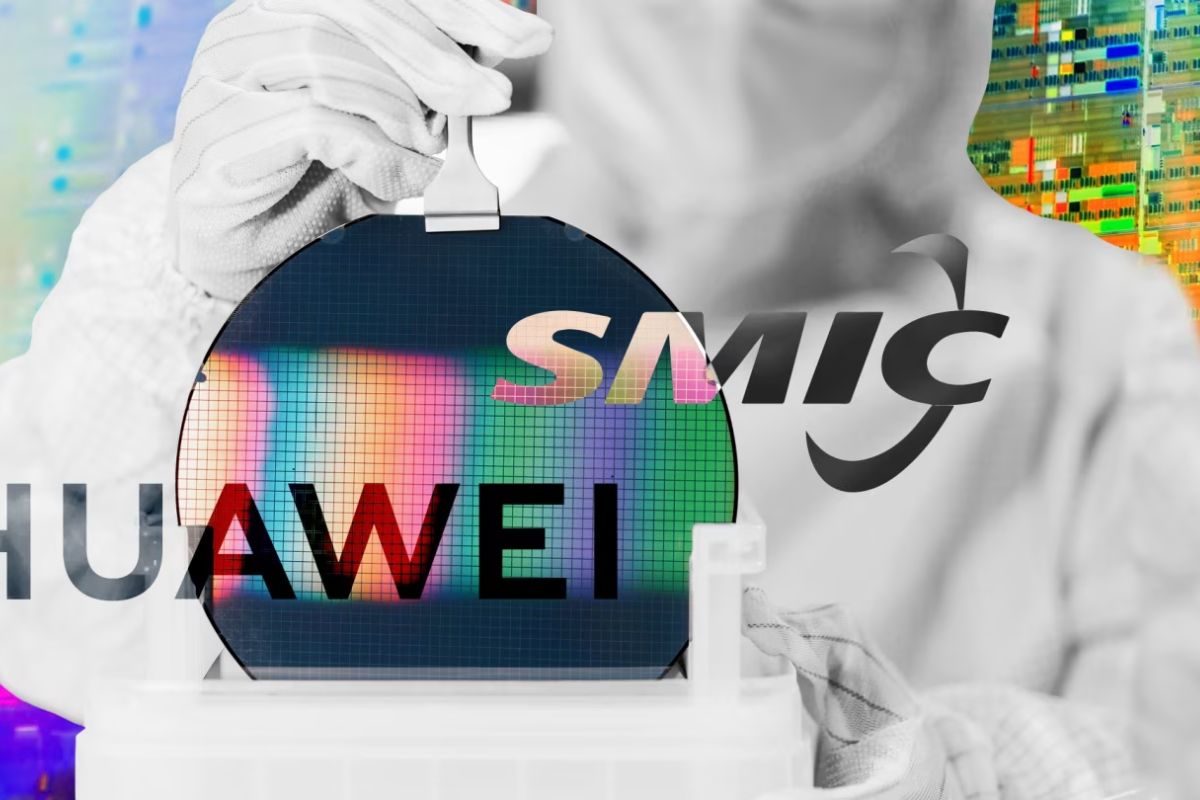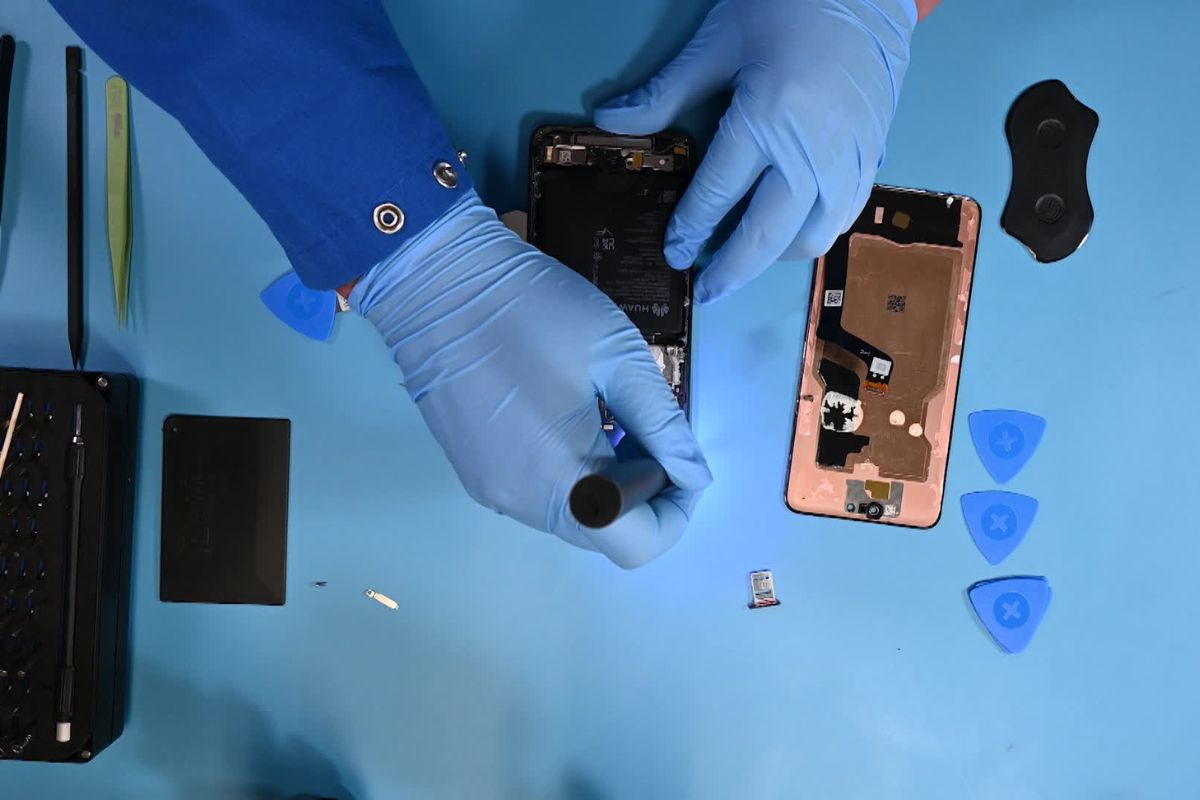Huawei and Smic’s Sneaky Move: In the intricate world of tech geopolitics, Huawei and SMIC have orchestrated a strategic maneuver that raises eyebrows and concerns alike. By harnessing US technology in the creation of cutting-edge chips, these companies have blurred the lines between collaboration and competition.
As the United States tightens its grip on tech exports to China and ramps up pressure on entities like SMIC and Huawei, the stakes have never been higher. The intertwined fate of global technology, national security, and economic interests hangs in the balance, leaving observers to ponder the implications of this clandestine alliance.
Huawei and SMIC’s Use of US Technology for Advanced Chip Production
Utilizing cutting-edge US technology, Huawei and SMIC spearheaded the production of a groundbreaking 7-nanometer chip in China, showcasing their prowess in advanced chip manufacturing. This strategic move not only demonstrated their technical expertise but also highlighted their ability to navigate complex international restrictions.
By collaborating with US companies like Applied Materials Inc and Lam Research Corp, Huawei and SMIC managed to acquire essential machinery before a ban was enforced, securing a competitive edge in the global semiconductor market. This bold initiative signifies a paradigm shift in China’s technological landscape, challenging the dominance of traditional chip manufacturers.
The successful integration of US technology into their manufacturing process underscores their determination to achieve technological self-sufficiency and innovation. Huawei and SMIC’s seamless execution of this project serves as a testament to their commitment to excellence and resilience in the face of adversity, setting a new standard for chip production in the industry.
Also Read: Huawei’s EV Revolution: BAIC Drops Electrifying Surprise in 2024
Escalating Tensions: US Measures Against SMIC and Huawei
The escalating tensions between the United States and SMIC and Huawei have reached a critical juncture, as recent measures taken by the US government have significantly constrained the technological capabilities of these Chinese semiconductor giants. The US has been relentless in its pursuit of limiting SMIC and Huawei’s access to advanced US technology, citing national security concerns and allegations of sanctions violations.
Huawei, first targeted in 2019 under the Trump administration, and SMIC, facing restrictions in 2020 due to alleged ties to the Chinese military, have been left reeling from the successive blows dealt by US authorities. The recent move to sever SMIC’s ties with its most advanced factory following its production of chips for Huawei’s Mate 60 Pro phone has further exacerbated the already tense situation.
| US Measures Against SMIC and Huawei | Impact |
|---|---|
| Addition to trade restrictions list | Technological constraints |
| Allegations of ties to Chinese military-industrial complex | Limited access to advanced US technology |
| Severe restrictions on SMIC’s advanced factory | Disrupted supply chain |
| Continuous pressure from US authorities | Strained relationships and future uncertainties |
Biden Administration’s Aggressive Stance on Tech Exports to China
The Biden administration’s bold stance on restricting tech exports to China reflects an assertive approach in safeguarding critical US technologies from potential misuse or exploitation by Beijing.
By aiming to halt shipments of advanced AI chips to China, the administration is sending a clear message that it will not tolerate the transfer of cutting-edge technologies that could enhance China’s military capabilities.
These proactive measures mark a significant escalation in efforts to curb Chinese access to crucial US technologies, highlighting the intensifying technological and geopolitical rivalry between the two superpowers.
The reported actions underscore the administration’s commitment to protecting American technological supremacy and national security interests in the face of growing competition from China.
As the US seeks to maintain its position as a global tech leader, the Biden administration’s aggressive stance on tech exports to China sets the stage for a continued battle for dominance in the realm of advanced technologies.
News In Brief
In a bold move amid heightened US-China tech tensions, Huawei and SMIC strategically leverage US technology for a pioneering 7-nanometer chip in China. Navigating export restrictions, the companies collaborated with US entities before a ban, securing a competitive edge. This marks a paradigm shift, challenging traditional chip manufacturers.
However, escalating tensions led to severe US measures against SMIC and Huawei, impacting technological access, disrupting supply chains, and straining relationships. The Biden administration’s aggressive stance underscores the intensifying US-China technological rivalry, emphasizing protection of national security and technological supremacy. As both nations vie for dominance, the battle for advanced technologies unfolds.
Our Reader’s Queries
Q1 Can SMIC make 7nm chips?
A In brief, Huawei’s latest mobile phone release indicates that SMIC has successfully manufactured 7 nm chips using repetitive DUV immersion technology.
Q2 How Huawei surprised the US with a cutting edge chip made in China?
A Defying US sanctions, Huawei manufactures the advanced 7nm Kirin 9000S chipset in collaboration with SMIC, despite the company’s presence on the US sanctions list. The codenamed chip, named Charlotte, represents Huawei’s determination to regain its position in the worldwide supply chain.



